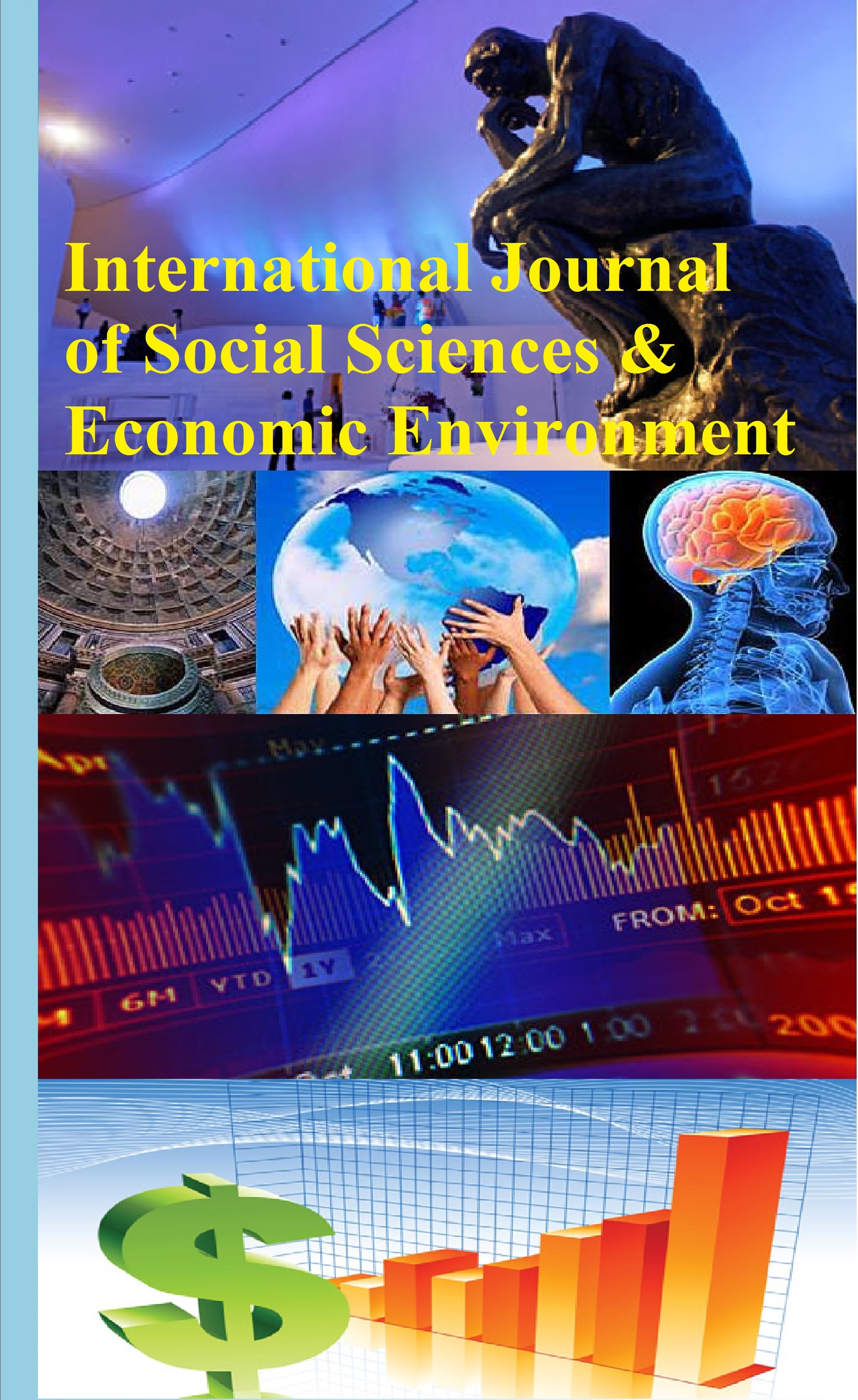ABSTRACT
Objectives: The study aims to find out the relationship and impact of the percentage of people living in urban areas on the Standard of Living and Labour Force Participation Rate.
Design Methodology: The Standard of Living component is measured using the GNI Per Capita (2011 US$PPP). Using data from the World Bank Database, correlation and regression analysis is done among Urban Population % as well as on GNI Per Capita and Labour Force Participation Rate separately.
Findings: The percentage of Urban Population is very strongly related and has a significant impact on both GNI Per Capita and Labour Force Participation Rate. It can be used to explain the trends in both the variables.
Research Implications: The study confirms previous research that rise in urban population leads to increase in the standard of living. However, GNI Per Capita, even if it is used by the United Nations for its Human Development Index’s standard of living indicator, hides the true story of inequalities existing in the country. A country might show a high per-capita income and still have about one-fourth of its population living in abject poverty.
Scope for future work / Research limitations: Further studies can be done on how to increase employment opportunities in the rural areas, as well as how to reduce urbanization because of the current problems in urban areas. It should be looked into how the standard of living in rural areas can be improved. By standard of living, income should not be the only thing taken into account, but rather, their overall quality of life.
Originality/value: Increase in urban population over the years has its benefits in the form of increased income and standard of living but it also comes with the downsides of population explosion, crime rates, and a host of environmental problems. Even so, we need to find out if urban population drives the people’s standard of living as well as how much of the working-age population goes into the labour force.
Keywords: open ended tax saving mutual fund, mediator, ANOVA, partial mediation
Paper type: Research paper
REFERENCE
- Ali, Ershad. (2020). “Urbanisation in India: Causes, Growth, Trends, Patterns, Consequences & Remedial Measures”.DOI: http://dx.doi.org/10.13140/RG.2.2.19007.05284
- Bhagat, R.B. (2011, August 20). “Emerging Pattern of Urbanisation in India”.Economic & Political Weekly, 46(34).Reteried from: https://www.epw.in/journal/2011/34/commentary/emerging-pattern-urbanisation-india.html
- Cherodian, Rowan; Thirlwall, A. P. (2013). “Regional Disparities in Per Capita Income in India: Convergence or Divergence”?. School of Economics Discussion Papers, No. 1313, University of Kent, School of Economics, Canterbury,DOI: https://doi.org/10.1080/01603477.2015.1000109
- Chen M, Zhang H, Liu W, Zhang W (2014) “The Global Pattern of Urbanization and Economic Growth: Evidence from the Last Three Decades”. PLoS ONE 9(8): e103799.DOI: https://doi.org/10.1371/journal.pone.0103799
- Rami, Gaurang. (2018). “Trends and Factors Affecting to Female Labour Force Participation Rate in India”. Reteried from: https://www.jetir.org/view?paper=JETIRK006137
- UN. (2018, May 16)., “68% of the world population projected to live in urban areas by 2050”, Retrieved from https://www.un.org/development/desa/en/news/population/2018-revision-of-world-urbanization-prospects.html
- World Bank, World Development Indicators. (2020). “Labor force participation rate, total (% of total population ages 15+) (modeled ILO estimate”) – India. Retrieved from https://data.worldbank.org/indicator/SL.TLF.CACT.ZS?locations=IN
- World Bank, World Development Indicators. (2020). “Urban population (% of total population) – India”. Retrieved from https://data.worldbank.org/indicator/SP.URB.TOTL.IN.ZS?locations=IN
- World Bank, World Development Indicators. (2020). “GNI per capita, PPP (current international US$) – India”. Retrieved from https://data.worldbank.org/indicator/NY.GNP.PCAP.PP.CD?locations=IN
 Check for Updates
Check for Updates




